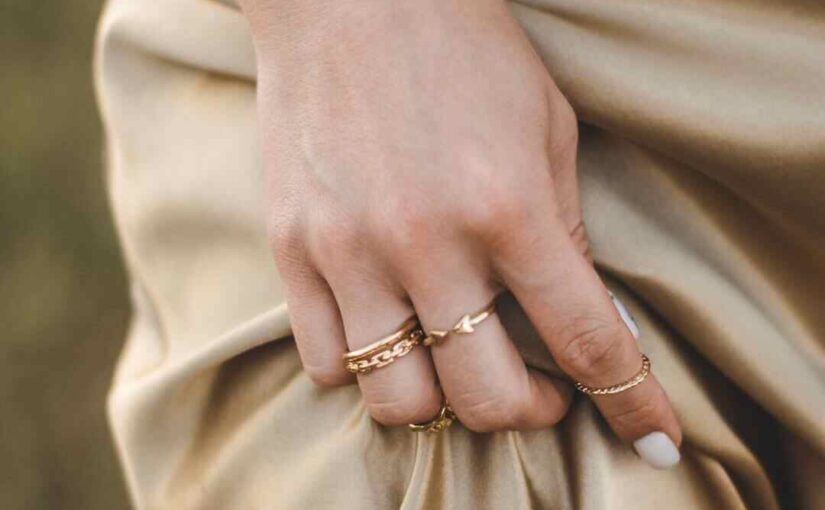Adorning oneself with jewelry, particularly rings, is a centuries-old tradition that extends beyond mere fashion; it is a language of self-expression, symbolism, and, at times, adherence to cultural or societal norms. Navigating the etiquette of ring wear is an art that requires an understanding of the significance attached to different types of rings and the occasions on which they are worn.
1. The Symbolism of Engagement and Wedding Rings
The journey into the world of ring etiquette often begins with the symbols of love and commitment – engagement and wedding rings from stunning companies like regalhattongarden.co.uk. Tradition dictates that these rings are worn on the left hand, on the fourth finger. The choice of this finger is rooted in the belief that it contains the “vena amoris” or the “vein of love” that leads directly to the heart. Engagement rings precede wedding bands and are typically worn until the wedding ceremony, where they are joined by the wedding ring to form a symbolic union.
2. Cocktail Rings

Cocktail rings, characterized by their bold designs and often featuring large gemstones, are reserved for festive gatherings and formal occasions. The etiquette of wearing a cocktail ring involves choosing the right finger, often the ring finger or index finger, and pairing it with attire suitable for a party or upscale event. These rings serve as conversation pieces, adding a touch of glamour to eveningwear while allowing the wearer to express their personality.
3. Professional Simplicity
In professional settings, the etiquette of ring wear takes on a more subdued tone. Minimalist rings with clean lines and understated designs are favored to convey professionalism and sophistication. Wearing a single ring on the middle or ring finger of the right hand is a subtle way to accessorize without being overly ostentatious. The key is to strike a balance between personal style and workplace appropriateness.
4. Family Heirlooms and Anniversary Bands
Rings that hold sentimental value, such as family heirlooms or anniversary bands, are often worn to commemorate milestones. The etiquette surrounding these rings is deeply personal. Some individuals choose to wear family heirlooms daily as a connection to their heritage, while others reserve them for special occasions. Anniversary bands, exchanged to celebrate years of marriage, are typically worn with the wedding and engagement rings as a stack on the left hand.
5. Cultural Nuances

The etiquette of ring wear also varies across cultures, with different fingers holding diverse meanings. For example, in some cultures, the right hand is favored for engagement and wedding rings. In others, certain fingers are associated with specific cultural or religious significance. Navigating these cultural nuances requires an understanding and respect for the traditions and customs of each community.
In Conclusion
In navigating the etiquette of ring wear, one discovers that each ring carries its own set of rules and meanings. From symbols of love and commitment to celebratory pieces and cultural traditions, the art of wearing rings becomes a nuanced language of personal expression. As individuals adorn themselves with rings for every occasion, they weave a narrative of their life journey—a story told through the gleam of precious metals and the sparkle of gemstones. Ultimately, the etiquette of ring wear is a reflection of one’s personal style, cultural influences, and the significance of each precious piece in the grand tapestry of life.
